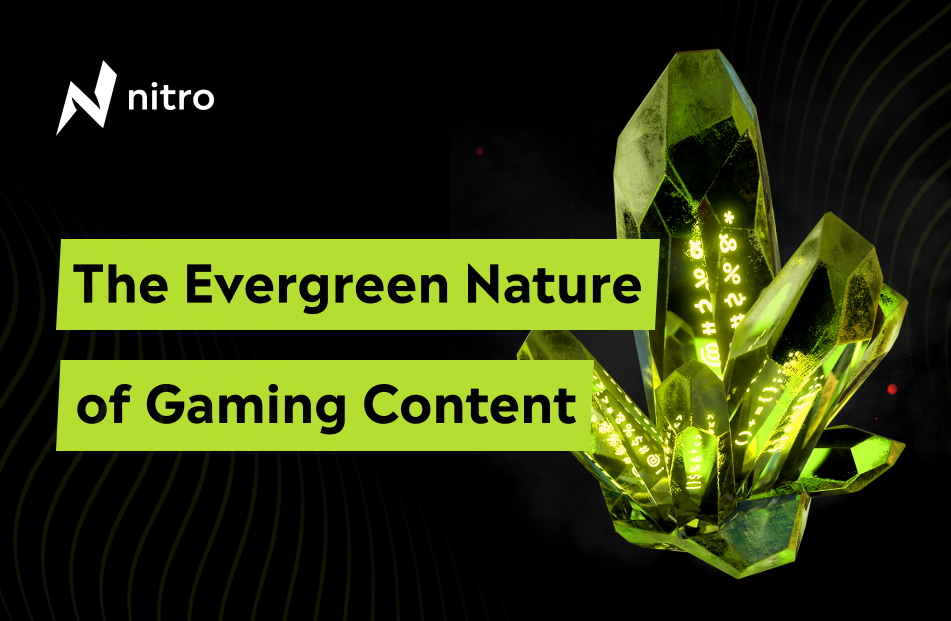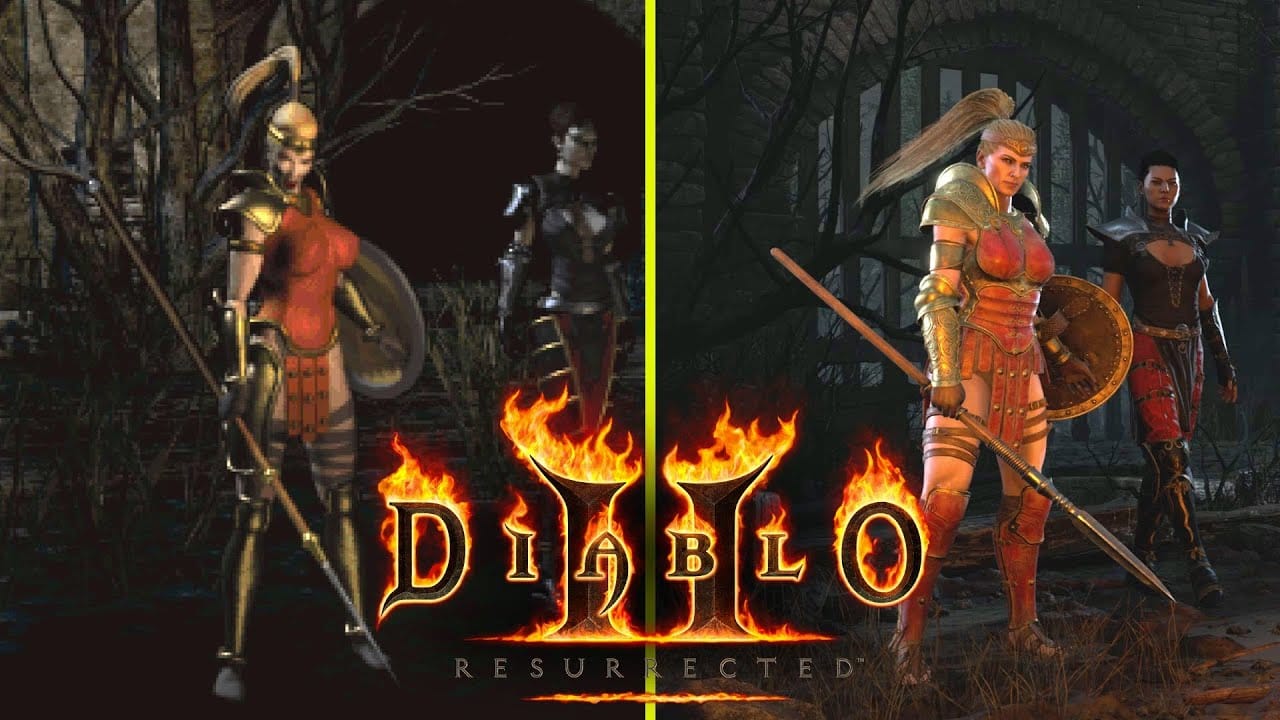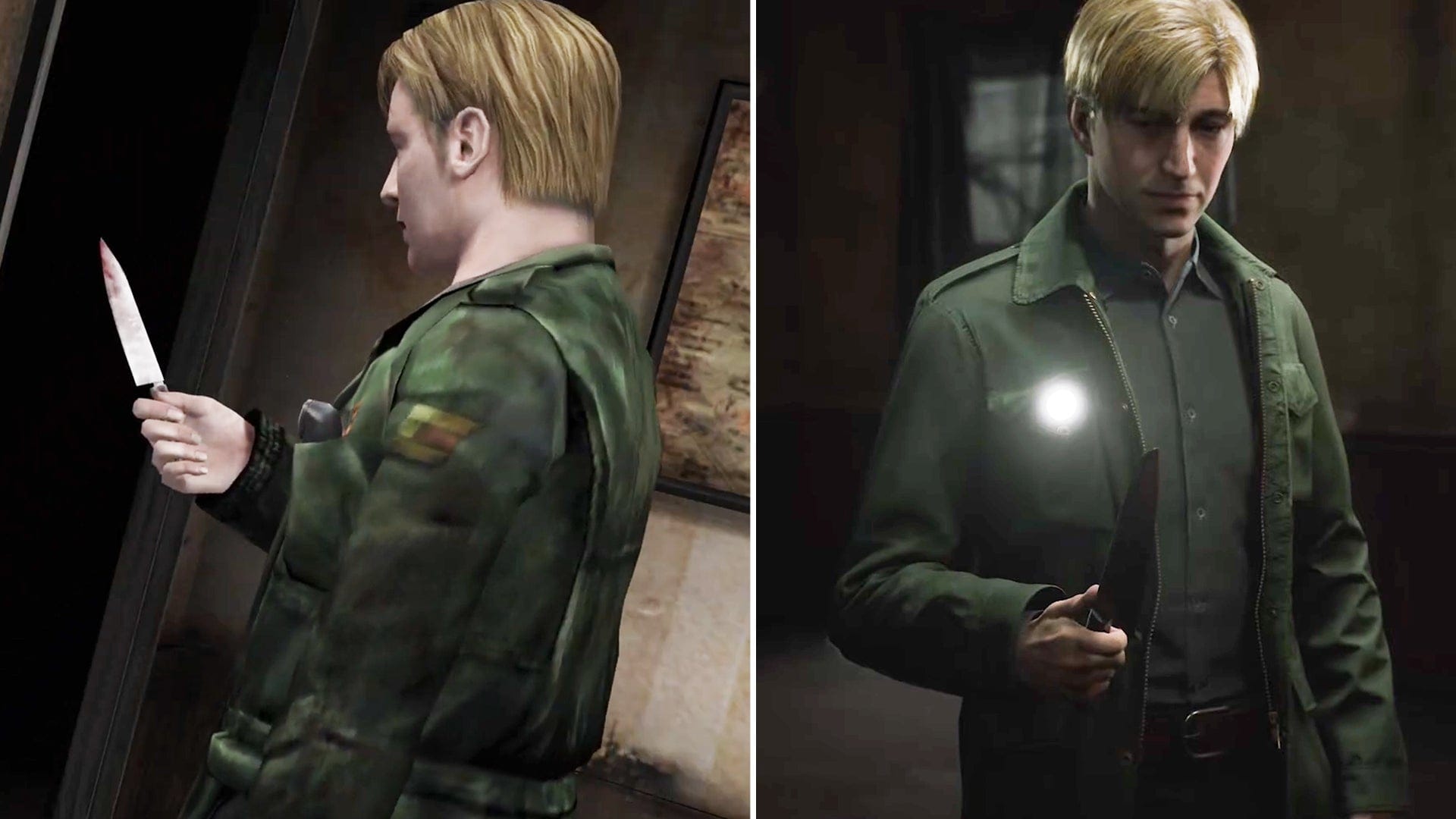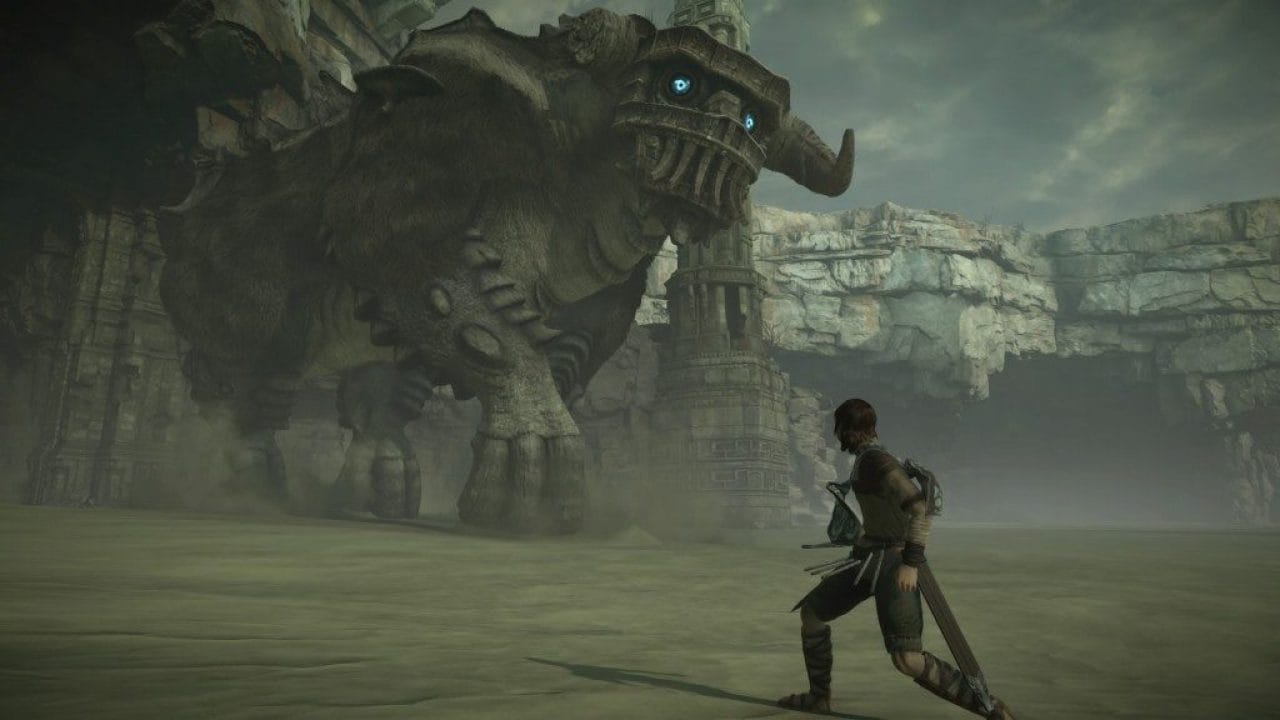
No matter the topic, content tends to lose relevance over time. Articles become outdated, trends fade, and even the most thorough guides can fall out of sync. But when it comes to gaming content, things often play by a different set of rules.
As seen with more frequency lately, titles originally launched over decades ago are finding their way back into the spotlight. Games like The Elder Scrolls IV: Oblivion, Silent Hill 2, Dead Space, and Diablo II have all returned through remasters or full-scale remakes, enabling them to draw in new players, reignite old fandoms, and spark fresh waves of content engagement.
For publishers, instances like these offer valuable opportunities to re-engage both new and returning audiences and turn existing content into a renewed source of momentum.
The Honey of Content
Few entertainment formats age as gracefully (or as unpredictably) as games. Studios constantly re-release classic titles with updated graphics and features, creating massive waves of renewed interest. Communities continue to build and improve on beloved games through mods. And live service titles like League of Legends, Fortnite, or Valorant reinvent themselves seasonally, drawing millions of players back into the loop.
This cycle means that content which might seem outdated are likely to surge in value when the right trigger hits. And it hits more often than you might think.
Take Diablo II: Resurrected, a remaster of the original game released in 2000. It sold over five million copies within a few months of its launch in 2021, marking it as one of Blizzard's most successful remakes. Then there's The Elder Scrolls IV: Oblivion Remastered, which shadowdropped earlier this year with no marketing push, and still drew over four million players within its first week.
Modding communities show a different but equally powerful form of long-term engagement. Minecraft, a 2009 title, leads the pack on CurseForge, the largest repository of mods, with over 220,000 mod projects and more than 83.2 billion downloads. The Sims 4, released in 2014, continues to thrive with over 88,000 mods and 2.2 billion downloads on the same platform.
And it’s not just legacy titles or remasters. Live service games and competitive events also generate massive spikes in engagement. The launch of Fortnite Chapter 2 attracted over 7 million concurrent viewers across YouTube and Twitch. League of Legends Worlds 2024 drew a record-breaking 6.94 million peak concurrent viewers.

Follow the Evergreen Road
Moments of renewed attention are baked into the very DNA of this industry. The question isn’t if your content will become relevant again, but whether you’ll be ready when it does. And here are the best ways to make sure you are:
Refresh and Resurface
Legacy content can become a high-performing asset when updated at the right moment. Although content may seem to be buried, small updates like modern keywords or fresh context can quickly bring them back to life during moments of renewed interest.
And the best part is that these updates don’t need to be extensive. Often, tweaking the headline to reflect the latest patch, adding a few bullet points to account for balance changes, or embedding a recent trailer is enough to make old content newly useful.
In the lead-up to the Silent Hill 2 remake, publishers could create a dedicated hub that highlights content from the original game and presents it in a way that matches current player interest. A well-organized feature section might include deep dives into the game's psychological themes or detailed breakdowns of pivotal moments like the Pyramid Head encounters as well as explainers on the game's multiple endings.
Even older walkthroughs can attract renewed attention when framed as a way to compare design choices between the original and the remake. Adding context through pieces like "What the Remake Changes" or "Why the Original Still Matters" helps returning players navigate the story with fresh perspective and makes the archive feel intentional rather than incidental.

Search, Reddit & Discord Strategies
Promotion matters just as much as the refresh itself. When a title returns to the spotlight, publishers need to be deliberate about where refreshed content shows up. Homepage modules, in-article placements, and trending sections all help shape the reader journey. Search might bring players in, but the content they see once they arrive is what keeps them engaged. A strong distribution strategy makes sure the right pieces appear exactly where returning players are most likely to click.
When the Shadow of the Colossus remake launched, many fans returned not just for coverage of the remake, but to reconnect with the original. Publishers who surfaced updated guides, retrospective explainers, or deep dives into specific encounters alongside remake news made it easier for readers to explore both versions of the game. That kind of editorial pairing transforms older content into something timely and useful again, without needing to rebuild it from scratch.
This also extends beyond the website, as communities like Reddit and Discord tend to spark back to life whenever a legacy title returns to the spotlight. To make the most of that momentum, publishers should engage in ways that feel native to the conversation rather than simply posting a link and hoping for traction. On Reddit, that could mean joining active threads with insights pulled from refreshed guides or lore content that genuinely add value to the discussion.
On Discord, it might involve sharing updated walkthroughs or modding resources in support or general channels where returning players are already talking. Even small actions, like pinning a resource or answering a common question with a relevant link, help surface your content in a way that feels organic. These platforms reward timeliness and specificity, and when approached thoughtfully, they offer another powerful route to drive visibility and engagement.

How Nitro Can Help Gaming Website Publishers Capitalize
Spikes in engagement create prime opportunities for monetization, but only if your infrastructure is built to respond. At Nitro, we help publishers capture these moments with strategies designed around the shape of gaming traffic. With a network spanning over 500 premium websites, ranging from competitive multiplayer hubs to lore-heavy single-player wikis, we’ve seen firsthand how returning interest plays out across genres and platforms.
Our approach starts with ad formats designed to meet renewed traffic with relevance and restraint. Nitro supports a full range of flexible, user-friendly units, from in-article placements that blend into walkthroughs to sticky formats that stay visible without interrupting the reading experience. These formats are built to work with your layout, not against it, helping you monetize returning readers without compromising what brought them back in the first place.
We pair that with close collaboration from our client success team. Together, we help publishers turn renewed interest into real results by identifying which legacy pages are likely to resurface and aligning ad strategy accordingly. Rather than defaulting to generic placements, we guide publishers toward formats that feel native to their content and reflect how players actually engage.
On the demand side, Nitro ensures that ad quality keeps pace with content relevance. When renewed interest draws players back to a title, our curated demand can surface campaigns that match the moment. Whether it is a hardware release, a streaming tie-in, or a major game launch, our platform goes the long way to ensure the experience feels timely and intentional for players and creates a clear path for publishers to maximize value when attention is at its peak.
Nitro is dedicated to reinventing website monetization for the gaming industry. Our ad tech platform combines uncompromised user experience, nitro-speed revenue and service with Net 7 Payouts, same-day support and the industry’s fastest ad loading.